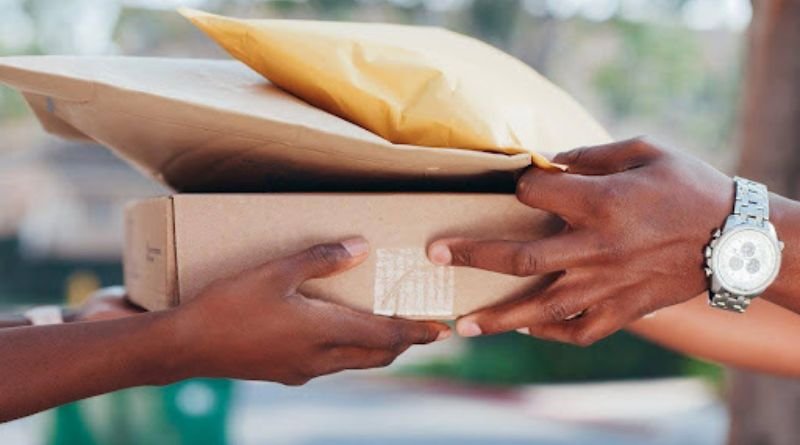Shipping may seem straightforward, but getting the packaging just right is an art that can save both time and money. The right-sized box ensures your items are safe, presentable, and cost-effective to ship. However, selecting the perfect cardboard box size for shipping isn’t always obvious.
From understanding dimensions to factoring in cushioning, there are a few things to consider to make sure your shipping process is smooth and efficient. This guide will walk you through everything you need to know.
Measure Internal Dimensions Correctly
To begin, measuring your items accurately is the foundation for choosing the right box size. Don’t just eye it or guess. Grab a measuring tape and get precise dimensions for the length, width, and height of your product. When measuring, always aim to use the product’s widest points.
Accurate measurements are essential because a box that’s too small can result in damage, while one that’s too large may unnecessarily increase shipping costs.
Once you have these measurements, keep in mind that the internal dimensions of a box are what matter most.
Choose Boxes for Irregularly Shaped Items
Regularly shaped items are simple enough to pack, but what about those that don’t fit neatly into a cube or rectangular pattern? Irregular shapes, like cylindrical, bulky, or oddly bent objects, require extra care. Ensuring the item fits snugly without unnecessary empty space is crucial.
The trick is to measure the largest dimensions of the irregular-shaped item and find cardboard boxes that accommodates it while leaving room for protective padding. For such items, keeping the extra box space minimal is vital to avoid the product rattling around during transit.
Some professionals even recommend adding inserts or separators within the box for added security, especially for fragile or uniquely shaped goods. PackQueen makes boxes that cater to these needs, offering flexibility for even the trickiest items to pack.
Prepare for Cushioning and Protection
Choosing the right box isn’t just about fitting your items; it’s also about ensuring they arrive safely. Investing in proper cushioning materials is as important as selecting the correct size. Good cushioning prevents products from moving around and provides a buffer against impacts.
Here are some top materials you can use for protection:
- Bubble wrap for fragile and lightweight articles.
- Packing peanuts to fill gaps and secure items.
- Corrugated inserts for heavier products or items prone to breaking.
- Crumpled paper as an eco-friendly option for void fill.
When factoring in cushioning, remember to leave enough space in the box for these materials. You never want your product pressed directly against the sides of the box, as this reduces its level of protection during shipping.
Efficient Packing for Multiple Items
What if you’re shipping more than one item in the same box? Choosing the right size becomes even more important. A little planning here can save you a great deal of trouble.
One critical point to keep in mind is to ensure the items don’t press directly against each other to avoid scratches or damage, especially if they’re fragile.
Consider using one or more of these strategies:
- Use dividers or cardboard inserts to separate the items.
- Wrap each product individually to reduce the chance of contact damage.
- Layer heavier items first, placing lighter ones on top.
The key to packing multiple items is maximizing the space inside the box without compromising product safety.

